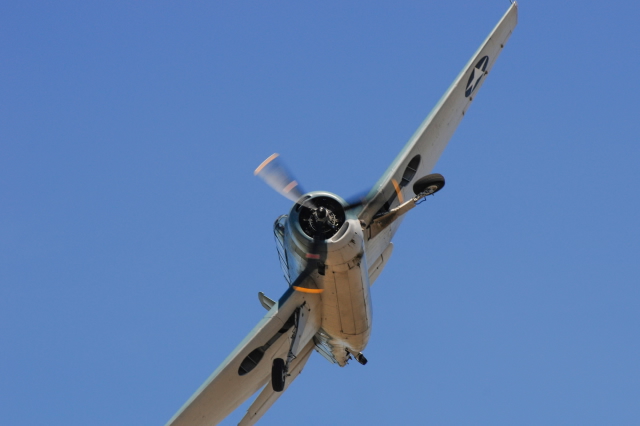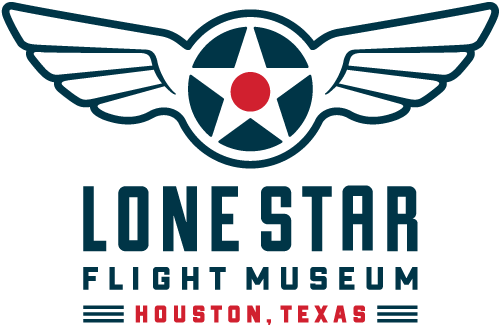Let’s Talk Turkey
When talking about warplanes, aviation enthusiasts frequently point to the P-51 Mustang, the Spitfire, the DeHavilland Mosquito or the Messerschmitt Me-262 as machines that had a certain beauty and grace in flight. They embodied sleek, aerodynamic forms that helped them cut through the air at high speed and were pleasing to the eye at the same time. Remembered not just for their performance in combat, they had elegant lines that made them flying works of art.
Then there was the Avenger…
Born of the need to deliver a torpedo at low level against enemy warships while keeping up with other aircraft in the carrier air group, the TBM Avenger was a brute. It was big, ungainly and not the most maneuverable aircraft in the sky. The largest single-engine aircraft of the war, its pilots said it “handled like a truck.” In fact, it was so unlovely, that it gained the nickname “Turkey” due to its size and awkward appearance. Yet despite the nickname, it became one of the most important combat aircraft in the Second World War.
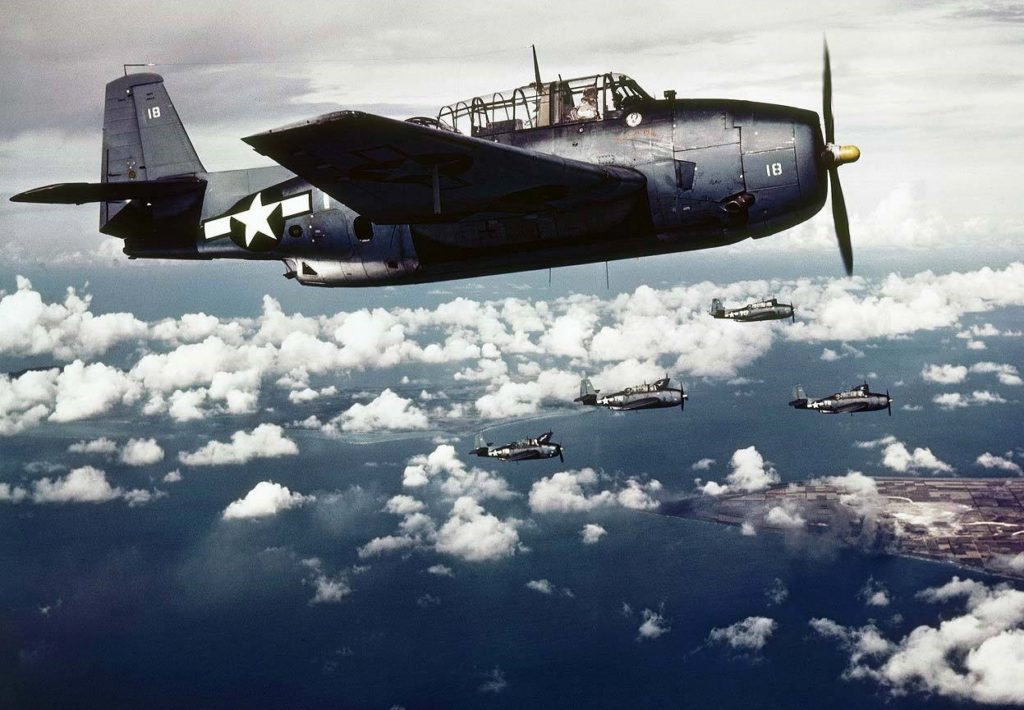
The Avenger was designed by Grumman Aircraft in response to a 1939 Navy request for an aircraft to replace the Douglas TBD Devastator in the role of carrier-based torpedo bomber. Although the Devastator had been revolutionary in its time, it was slow and could not keep up with other aircraft that equipped the Navy’s carriers. Grumman’s design owed much to the F4F Wildcat fighter already in production, having a mid-wing and an oval-shaped cross section. It featured a bomb bay for carrying ordinance internally and was equipped with a gun turret for defense. Based on early tests the Navy ordered the aircraft, which were designated TBF and named “Avenger,” into production. Because Grumman was committed to building the new F6F Hellcat fighter, the Navy arranged for Avengers to be built by the Eastern Motors Division of General Motors, under the designation TBM. Over 77% of the 9,839 Avengers built were TBMs.
The Avenger made its combat debut in June 1942 with Torpedo Squadron VT-8, during the Battle of Midway. The six brand new TBFs arrived too late to ship out on the USS Hornet with the rest of the squadron, so they flew directly to Midway to reinforce the ground based forces there. Launched early on the morning of June 4 to attack the Japanese fleet, five of the TBFs were shot down and the one that did return was so torn up, it never flew again. It was not an auspicious start to the Avenger’s career, however the Navy had faith in the design and within six months, they had completely replaced the TBD Devastator. TBFs and TBMs would equip every American aircraft carrier in World War II (except the USS Lexington CV-2 and USS Yorktown CV-5, which were sunk before Avengers reached squadron strength) and a majority of the Royal Navy’s carriers.
The Avenger was one of the most successful aircraft of the war, dropping more tonnage in bombs and torpedoes than any other naval aircraft. They sank dozens of enemy ships including the Japanese battleship Hiei during the battle for Guadalcanal and the super battleships Yamato and Musashi. As an anti-submarine aircraft, TBFs and TBMs sank 30 enemy submarines. And, in an odd twist as bomber turned fighter, “Turkeys” claimed 98 victories, either in direct attacks using the two machine guns in the wings or in self-defense with the dorsal turret.
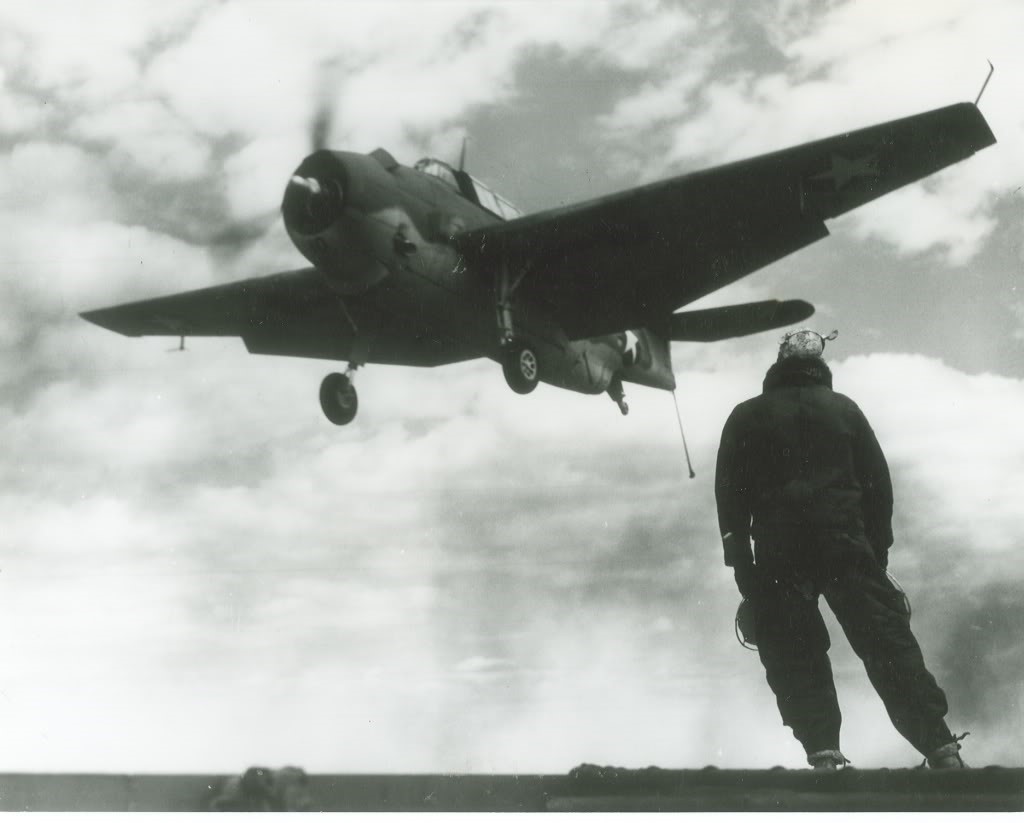
The key to the Avenger’s success was its versatility. In addition to its role as a torpedo bomber, they were used for dive bombing, level bombing, night attack, photo reconnaissance, anti-submarine warfare, radar surveillance and light transport duties. TBMs were supplied to Canada, France, England, Brazil, Japan, the Netherlands, New Zealand and Uruguay, serving well into the 1960s. In fact, when the Japanese Air Self Defense Force was created in 1954, the first aircraft it flew was the TBM Avenger, the very aircraft that had done so much to destroy the Imperial Japanese Navy in World War II.
Another claim to fame for the Avenger was that it was flown by America’s only combat aviator president, George H. W. Bush. The youngest naval aviator commissioned in World War II, Bush was assigned to VT-51 aboard the USS San Jacinto. On September 2, 1944 his TBM was hit by ground fire while attacking a radio tower on the Japanese island of Chichi Jima. With the aircraft on fire and one crewman dead, he successfully bombed the target before bailing out over the ocean. Picked up by the submarine USS Finback, he eventually returned to his squadron to continue combat operations. Bush was inducted into the Texas Aviation Hall of Fame in 1997.
Many Avengers found useful work in the civilian market upon retirement from military service due to their load carrying capability. Surplus “Turkeys” were used as water bombers to attack forest fires or aerial sprayers to spread fertilizers and insecticides. The Lone Star Flight Museum’s TBM-3E Avenger was one of those lucky aircraft that avoided the scrap heap to become a fire fighter. Purchased from the Navy in 1957, it spent eight years fighting fires before suffering a landing accident in 1965. It was repaired and used as a crop duster until 1988 when it was purchased by the Erickson Aircraft Collection and returned to its wartime configuration. Acquired by Lone Star in September, 2017, it landed at its new home on October 13th.
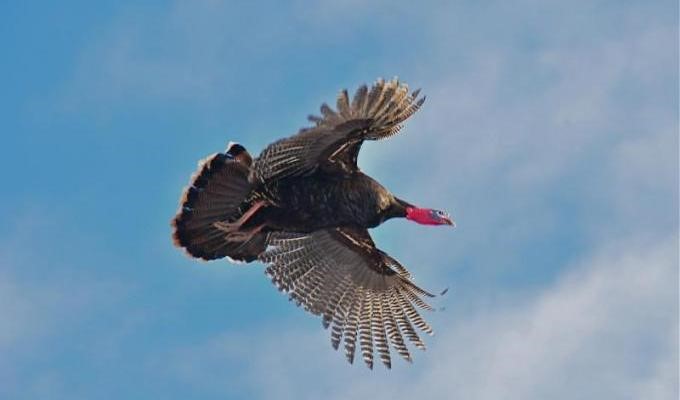
So while the “Turkey” was given its name for its huge size and ungainly appearance on the ground and in the air, it was certainly no slouch when it came to performing the multitude of tasks given to it in both war and peace. It was truly one of the greatest naval aircraft of all time and is now a valued addition to the museum’s collection.
The General Motors TBM-3E Avenger is now available for viewing with the purchase of a general admission ticket.

